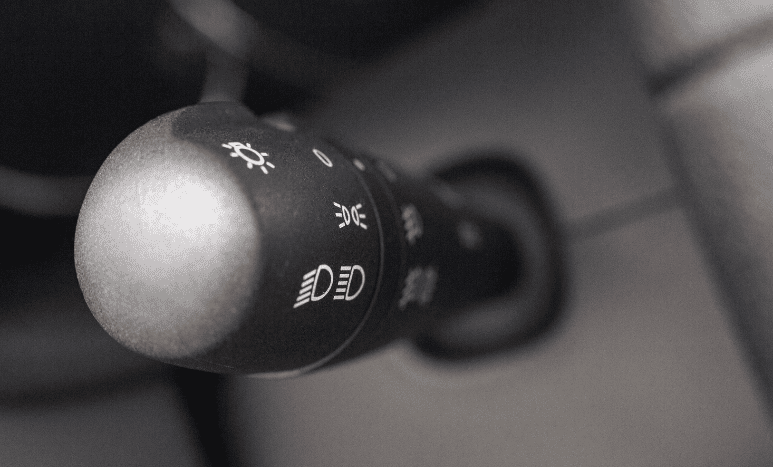Driving requires every driver to be safety-conscious at all times, especially at night or at any time when visibility is poor. Part of being safety conscious is knowing how the features and components of your car work. These features include your headlamps and the two specific modes of headlights: low beam and high beam.
What are low-beam headlights?
Low beam (a.k.a., dipped beam, passing beam, or meeting beam) headlights are designed to provide illumination in front and to the sides. Typically, low beams allow you to see 40 meters (132 feet) ahead of you. They are aimed straight/upward and direct a limited amount of light toward the eyes of other drivers in order to control glare.
What are high-beam headlights?
High beam (a.k.a., main beam, driving beam, full beam) headlights are designed to provide a bright, center-weighted distribution of light. High beams are directed toward the road or the ground. Unlike low-beam headlights, high beams have no control of the light directed at other road users’ eyes. They illuminate more than 100 meters of the road ahead of you.
When do you use low-beam headlights?
Use low beams when there are other vehicles ahead of you, whether they are oncoming or you are following or overtaking them.
Low-beam headlights are ideal for extreme weather conditions. It may seem incredulous at first, but low beams are better in the rain, fog, and snow than high beams. They provide better visibility because the light particles won’t bounce off of the cloud particles and produce a glare that blinds you.
Low beams help ensure fewer accidents on the road since there’s no risk of them blinding the driver of the oncoming car and of the vehicle in front of you. Low beams also won’t cause any strain on the eyes of cyclists, motorists, and pedestrians.
When do you use high-beam headlights?
High beams are suitable for use when you’re alone on the road, especially in poorly lit areas. However, the glare they produce will blind other drivers if there’s traffic on the road.
You can also use your high-beam headlights in place of your horn, thus reducing noise pollution. You can use them if you need to warn people/pedestrians of your vehicle’s presence or to signal right of passage.
Bear in mind that state regulations on using high beams may vary. Arizona requires drivers to switch to low beams as soon as they get to within 500 feet of oncoming traffic and within 200 feet of the vehicle in front of them.
Safety-conscious drivers use their high-beam headlights responsibly. Knowing when to use low-beam headlights and high-beam headlights not only helps you navigate the road safely, it also helps you avoid endangering others sharing the road with you.
Avoiding accidents also means savings, and the combination of safety and savings should be compelling reasons to be mindful of how you use the two modes of headlights.
For savings in other areas of your car ownership experience, like repairs be sure to check out our products. Check them out today, especially if your manufacturer’s warranty is running out soon.

